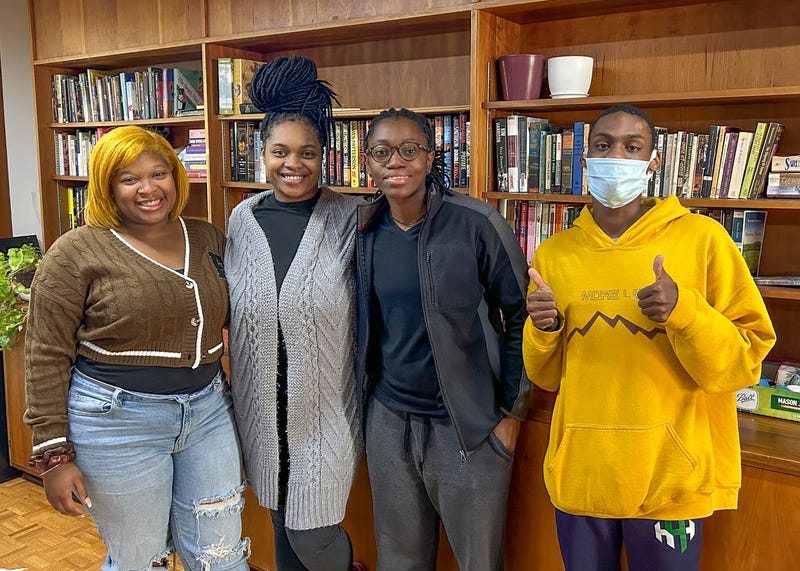
PHILADELPHIA (KYW Newsradio) — TyeTeona Harding has a lot on her plate.
A double-major in criminal justice and sociology can do that to you. But managing the demands of a grueling course load has only been part of the battle for the 23-year old junior.
Harding started at La Salle University in 2018, but left in 2019 because she wasn’t in the right headspace. Then, in March 2020, her aunt passed away.
A few months later, in October, she was shot, the bullet passing through her legs and arm, leaving behind fragments stuck in her body to this day.
The shooting was followed by more loss.
A cousin died in February 2021. Harding’s sister died in March. This past June, she lost her brother the day after his birthday.
Still, through all the trauma, Harding ultimately wanted to go back to La Salle.
But she had yet another hurdle to clear: Harding didn’t have a place to stay.
So what did she do?
“I was living out of my car,” said Harding.
She’s got the evidence to prove it right inside the trunk of her white 2013 Nissan Altima four-door sedan. There’s a big orange storage container full of clothing. An industrial-grade power bank for charging her electronics or, in an emergency, her car. Blankets, sneakers, a big fuzzy coat from her sister for the cold Philadelphia winters, a jug of water.
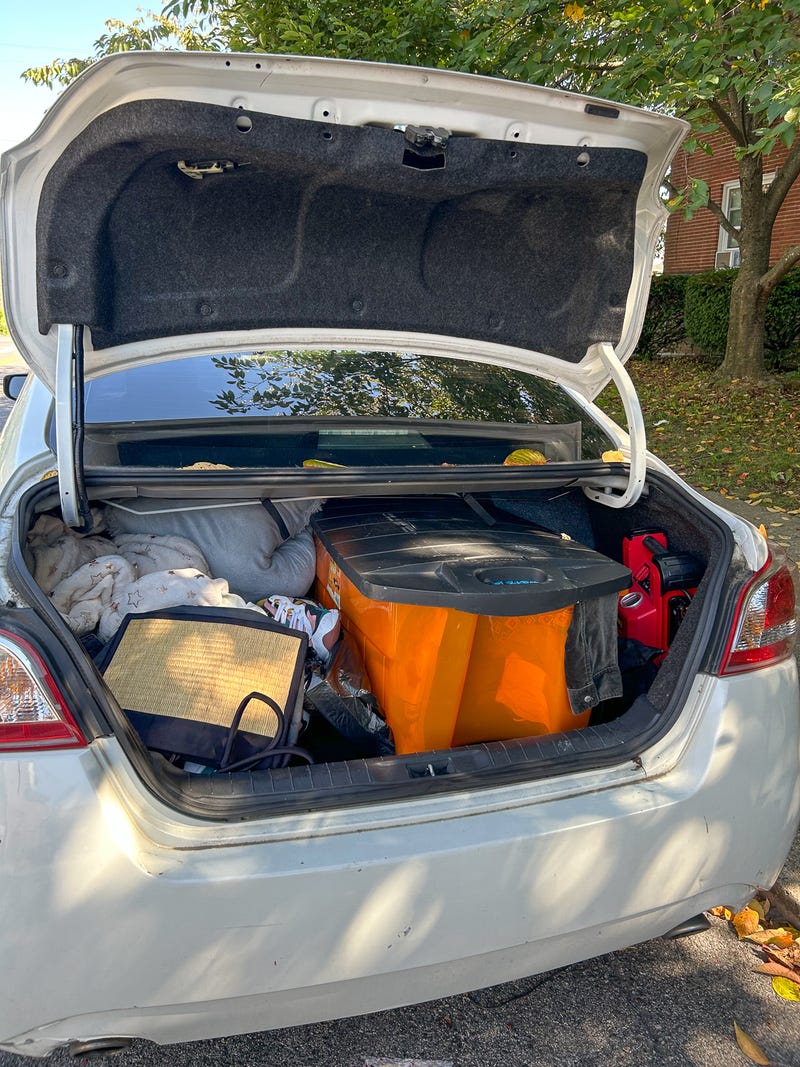
Harding stuffed as much of her life as she could into fifteen and a half cubic feet. “I was kind of disappointed that I was ever in that situation,” she said. “I feel as though it’s kind of embarrassing.”
Throughout the Philadelphia area, and around the rest of the country, there are plenty of students who can relate.
A big problem
How could this happen?
How could students like TyeTeona Harding, who already have overcome so much just to put themselves in position to get a degree, be thrust into such a dire, dangerous situation, all because they can’t get a basic need like housing covered?
“It's a complicated question; however, I can tell you that if we look just at affordability and social justice, we have a problem,” said Paula Umaña, Director of Institutional Engagement for the Hope Center for College, Community, and Justice at the Lewis Katz School of Medicine at Temple University.
“What's happening today, and what has happened over [past] decades is students want to get an education as their ticket to make livable wages, [and] decide to jump in and they say, ‘Whatever it takes. I need a degree.’
“In the meantime, we have students with very, very limited financial aid that barely covers tuition, right? To be able to get the full financial aid grant, you need to be under the poverty lines, and that, in a first world country, in my view, is a problem.”
Take TyeTeona Harding, for instance. The way she explains it, her financial aid package only covered her classes at La Salle.
“Then I have my car, my phone bills I have to pay,” Harding said. “I have books on top of that, so it was kind of sad.
“It’s tricky. You would expect, by me being accepted into school, they would take off at least some of that.”
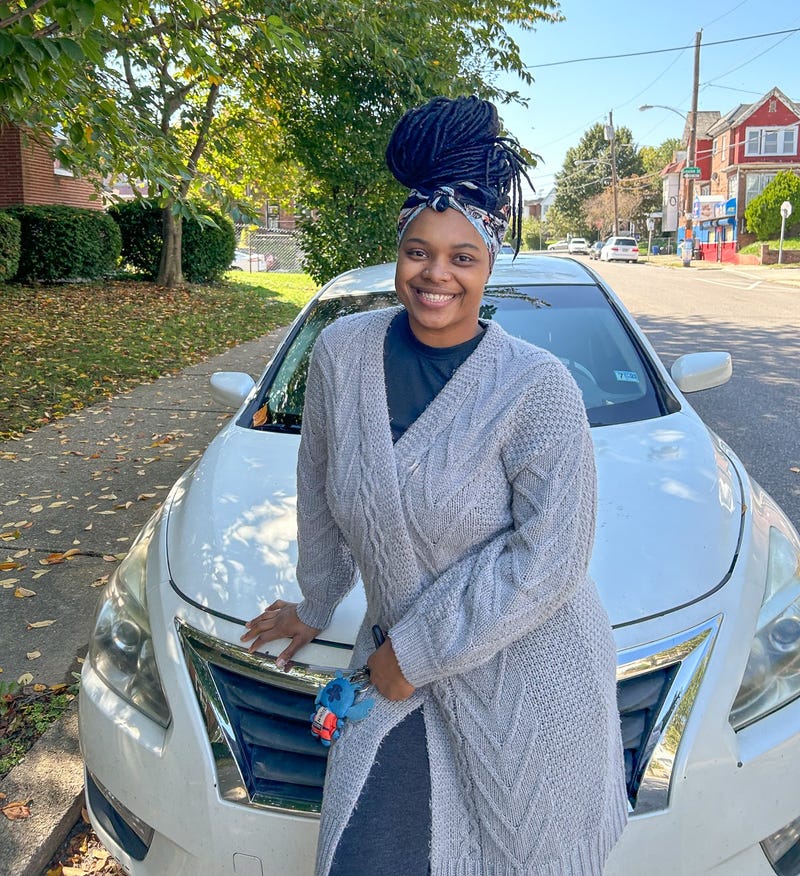
Burdened by so many expenses, Harding said she started to wonder if her school wanted her there at all.
“We have a higher education system that does not acknowledge the [whole] making of the student body,” said Umaña. “They know who enrolls, but they target their students as if everyone could afford a dorm, everyone could afford food, everyone was able to go back home to their parents.”
Since 2015, the Hope Center has been conducting the most comprehensive annual basic needs insecurity survey about college students in the country.
In 2020, after polling over 195,000 students from two- and four-year degree-attaining higher education institutions, the survey found that 52% of two-year college students faced some form of housing insecurity — inability to pay rent or mortgage, couch surfing, instability at home, things like that.
The number was slightly lower for four-year students, at 43%. Homelessness, meanwhile, affected 14% of two- and four-year college students nationally.
Umaña said the figures in Philadelphia were comparable.
“These students sacrifice…in order to pay for tuition, textbooks, rent, mortgage, childcare. At some point, some of them drop out because the barriers are so pervasive.”
Not surprisingly, students from communities in the margins — Black, Latino, Indigenous, LGBTQ+, low-income — are most at risk of falling through the cracks.
As part of her work, Umaña urges colleges and universities to take ownership of housing insecurity and homelessness, and ensure that students can efficiently and effectively connect with on-campus or governmental tools to find housing. She also believes philanthropic support can help.
“Belongingness means a lot in student success. If you eat, you're able to learn. If you don't need to worry where you're going to spend your next night, you're going to be able to complete your degree much sooner.
“That's my dream — that [the United States] is exemplary to the whole country, to the whole world. That people look at us with admiration for how we treat our students as humans first, and how we make sure that our education is equitable and uplifting.”
It took about two weeks, but ultimately, La Salle University helped TyeTeona Harding find somewhere to live.
Continuing to push
“They’ve been one of my biggest supporters,” Harding said of La Salle.
Instead of the front seat of a 2013 Nissan Altima, Harding now has a room to call her own at the former Sisters of St. Joseph Convent, which a non-profit organization, DePaul USA, has converted into a dorm for college students who are housing insecure or experiencing homelessness.
“We get students who are wards of the state and no longer in the system anymore,” said Nakiya Glover, DePaul USA’s lead program counselor at the Germantown-based St. Joseph’s House.
“We get students who don’t have adoptive families. We get people who come from abusive households, whether that be verbally or physically or even sometimes sexually abusive. We get a good amount of international students. Then, we get people who are just straight street homeless, who've been essentially just abandoned by their families, who are housing insecure.”
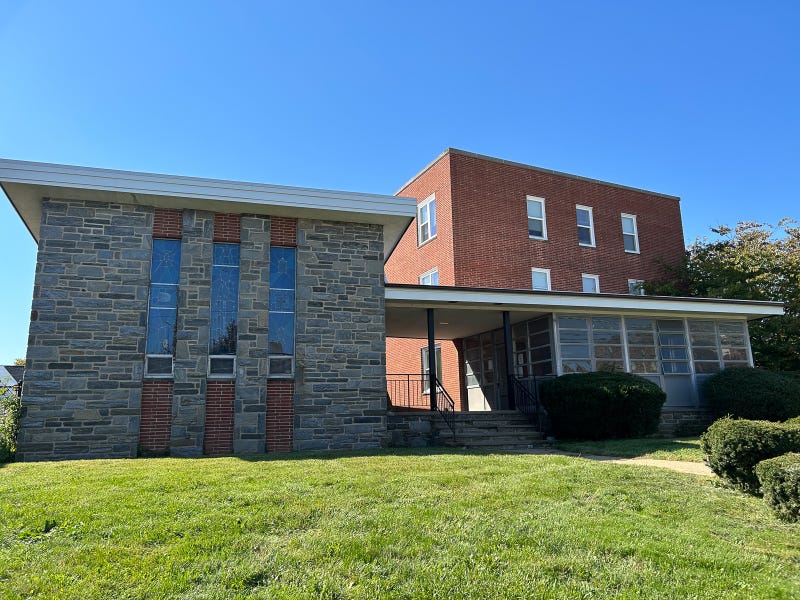
The St. Joseph’s House has 24 single-occupancy rooms. Like some college dorms, the living style is communal.
The building also boasts a spacious dining room; bright, airy, recently-renovated kitchen; and a common area complete with a big screen TV, shelves of books, board games, and video gaming consoles.
Glover said, “We wanted it to feel like a dorm because there’s so much stigma around homelessness, and so especially for these kids and their peers, we really wanted them to feel as at home as possible.”
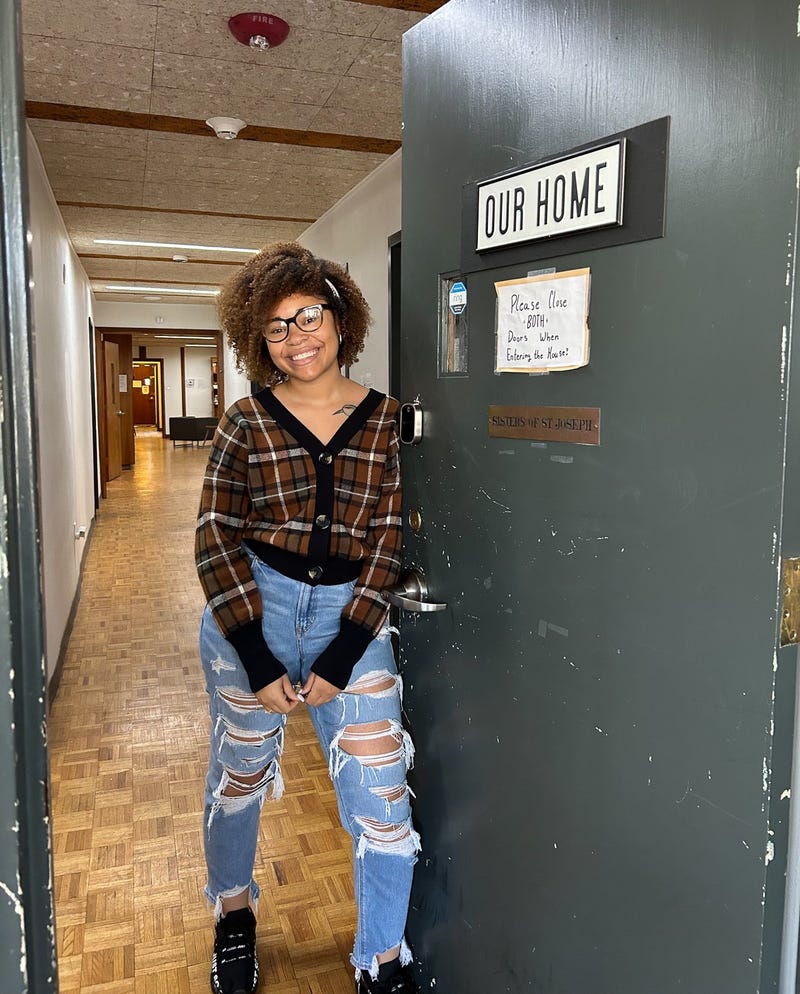
But unlike a traditional college dorm setting, the students living in the St. Joseph’s House (which has no affiliation with Saint Joseph’s University) come from different schools: La Salle, Temple, Community College of Philadelphia, Jefferson, Chestnut Hill College, and Holy Family.
Instead of fight songs and mascots, the residents bond over a deeper shared experience.
Whether they felt unsafe at home or needed to couch surf, bounce from shelter to shelter, or, in the case of TyeTeona Harding, live out of a car, all the students at the St. Joseph’s House, at some point, experienced housing insecurity or homelessness along their college journey.
Despite the hurdles, Harding hasn’t slowed down.
“I was just thinking about a better life for me,” she said. “I didn’t want to just die randomly on the street. Stray bullets don’t have nobody’s name on them. I just feel like I wanted to be out there and make my name known.”
